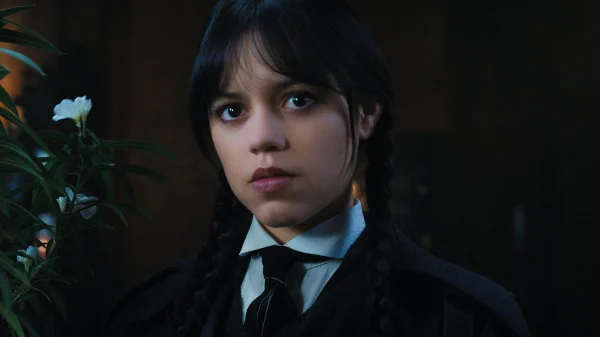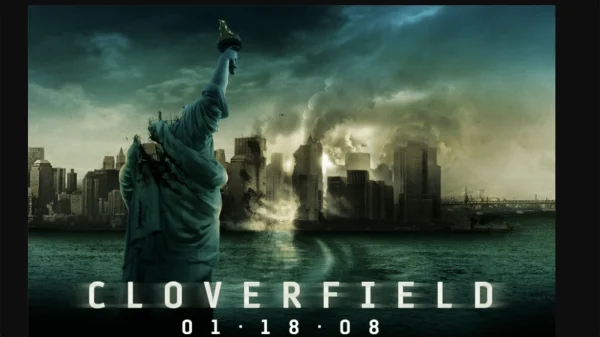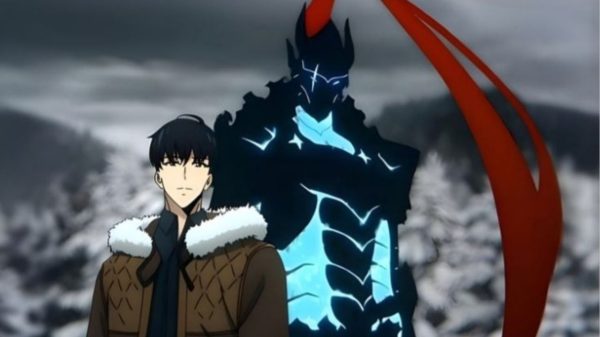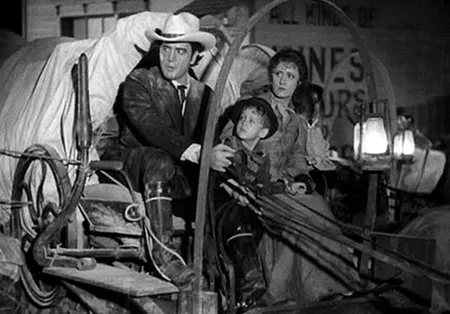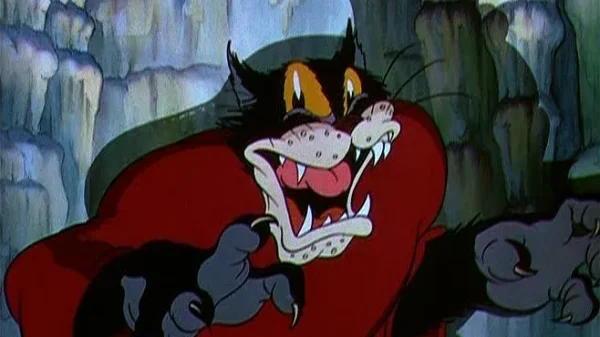Cimarron, the 1931 film directed by Wesley Ruggles, is often praised for its time-spanning narrative and escape from the Great Depression. However, upon closer examination, the film’s portrayal of female characters is criticized for perpetuating unfavorable stereotypes and limiting their complexity. Furthermore, the film’s depiction of marginalized communities, including Black Americans and Native Americans, is insensitive and stereotypical.
The film follows the story of Yancey Cravat, a lawyer and businessman, who leaves his comfortable life in Kansas to stake out a fresh beginning in the Oklahoma Territory. The film’s female characters, including Yancey’s wife Sabra and the mysterytic Dixie Lee, are reduced to simplistic representations, often acting as props to advance the plot or provide comedic relief. Sabra, in particular, is portrayed as an immature figure, requiring protection from the men in her life, while Dixie Lee is cast as a femme fatale with little clarity as to her motivations or character development.
Cimarron’s depiction of non-white characters is equally problematic. The character of Isaiah, a young Black domestic worker, is reduced to a comedic sidekick, perpetuating racist stereotypes. The film’s portrayal of Native Americans is just as egregious, with the character of Ruby Big Elk serving as a prop to advance the plot or provide moral guidance. The film’s oversight of the actual history of the Osage Nation and their struggles with the U.S. government is a glaring omission, highlighting the film’s colonial gaze.
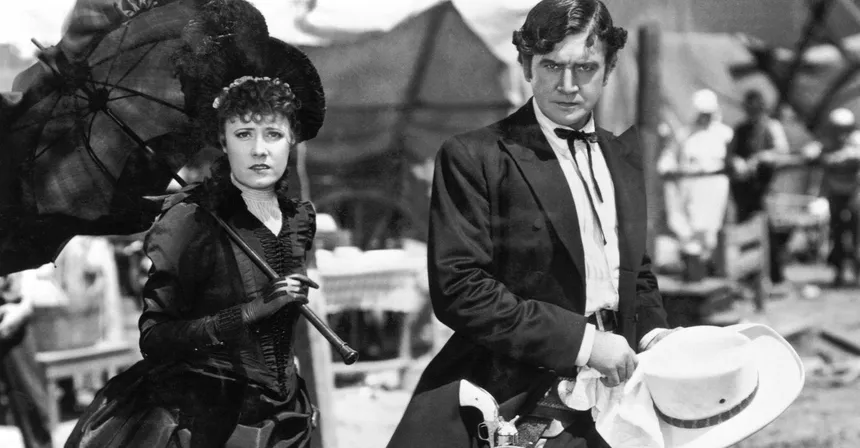
Cimarron by Wesley Ruggles (Photo: Cimarron)
Furthermore, the film upholds male chauvinism, with Yancey’s character being portrayed as a white savior figure, who brings “civilization” to the frontier town. The film’s conclusion, which features a massive bronze statue of Yancey, is a clear example of the film’s Patriarchal and colonialist ideologies.
While Cimarron may have been a groundbreaking film in its time, its portrayal of marginalized communities and perpetuation of harmful stereotypes is a serious issue. Today, the film is often criticized for its lack of nuance and sensitivity, and its impact on the Western genre as a whole. The film’s legacy highlights the need for greater diversity and representation in film and television, as well as a critical examination of the harmful stereotypes and colonialist ideologies that have long plagued the Western genre.

